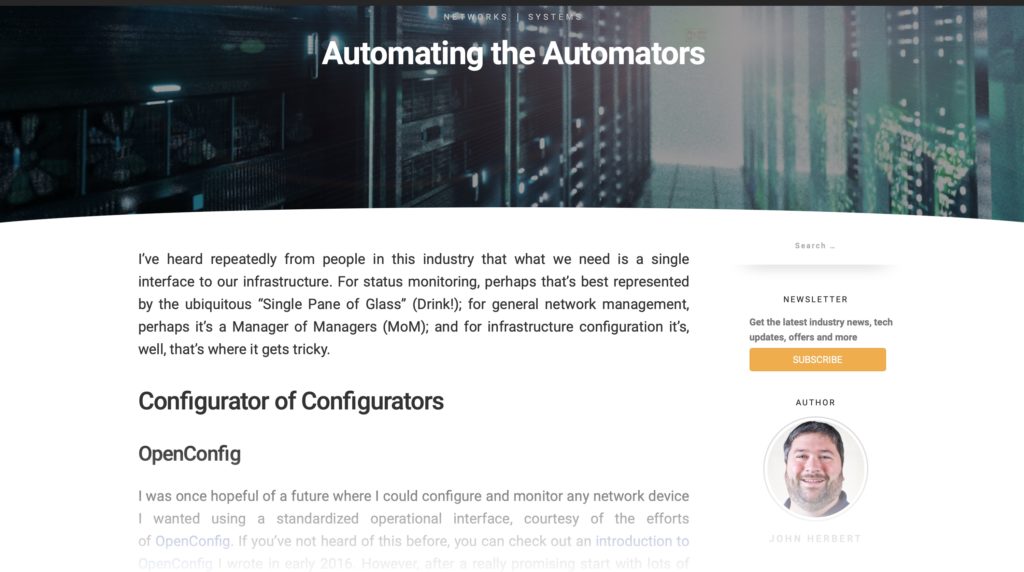BrandPost: Moving to the Cloud? SD-WAN Matters!
This is the first in a two-part blog series that will explore how enterprises can realize the full transformation promise of the cloud by shifting to a business first networking model powered by a business-driven SD-WAN. The focus for this installment will be on automating secure IPsec connectivity and intelligently steering traffic to cloud providers. Over the past several years we’ve seen a major shift in data center strategies where enterprise IT organizations are shifting applications and workloads to cloud, whether private or public. More and more, enterprises are leveraging software as-a-service (SaaS) applications and infrastructure as-a-service (IaaS) cloud services from leading providers like Amazon AWS, Google Cloud, Microsoft Azure and Oracle Cloud Infrastructure. This represents a dramatic shift in enterprise data traffic patterns as fewer and fewer applications are hosted within the walls of the traditional corporate data center. To read this article in full, please click here


 The server manufacturer also said it will contribute an open firmware development kit to the...
The server manufacturer also said it will contribute an open firmware development kit to the... If Sprint and T-Mobile gain approval from regulators to merge, it will impact infrastructure...
If Sprint and T-Mobile gain approval from regulators to merge, it will impact infrastructure...



 The French carrier has deployed two Nokia 5G base stations to support 8K broadcasts and a mixed...
The French carrier has deployed two Nokia 5G base stations to support 8K broadcasts and a mixed...

 The group released the draft of its SD-WAN service definition standard, with the official...
The group released the draft of its SD-WAN service definition standard, with the official...

